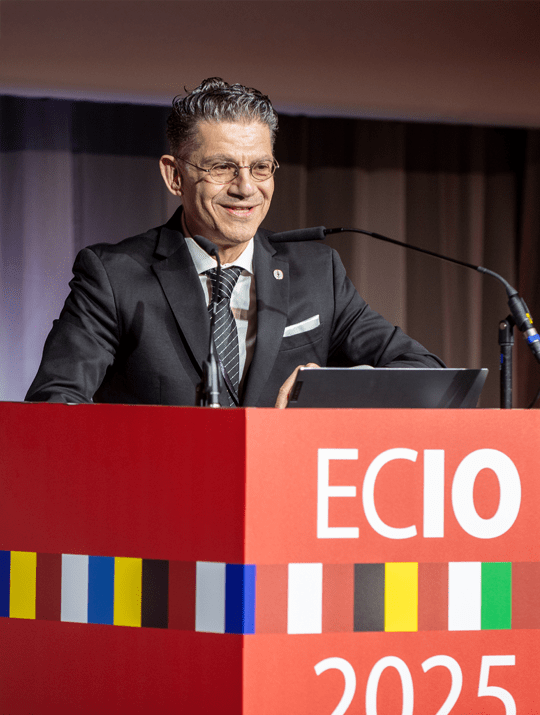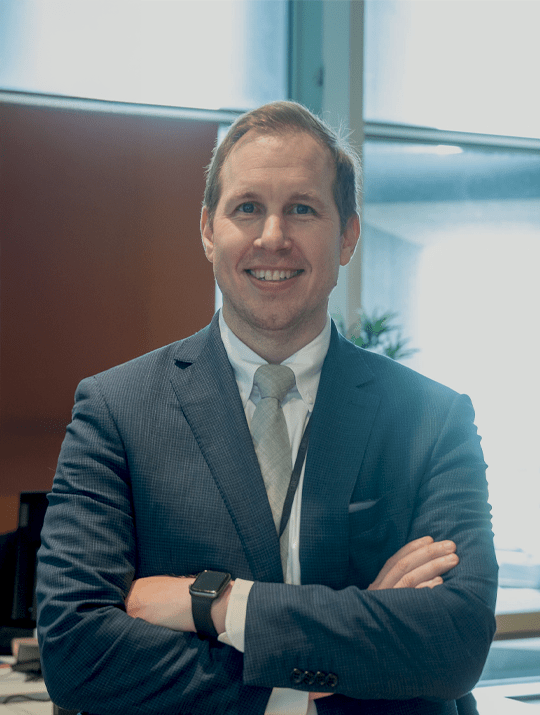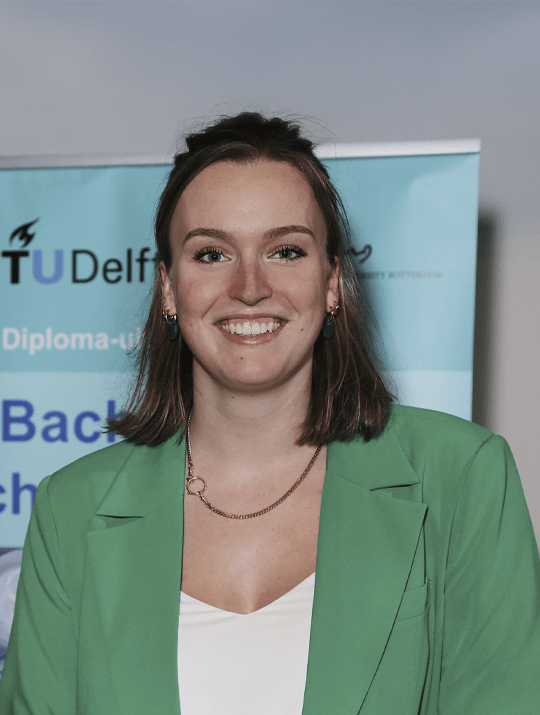Ms. Emma Buijsman won this year’s Best Scientific Paper Award for her presentation, “Sustainability in interventional radiology: reduction in power consumption”
CIRSE: What motivated the research behind your paper?
Buijsman: At the end of high school, I started to become interested in sustainability. I stopped eating meat for environmental reasons and began paying more attention to small things, like taking shorter showers, unplugging high-energy appliances at night, and turning the heating off more often (good for our planet and our wallets). Many people make similar changes for the environment nowadays, but oddly enough, while we’re all trying to be more sustainable in our personal lives, we don’t focus as much on sustainability in the workplace. That’s where the biggest improvements can and should actually be made. Especially in healthcare systems, which are responsible for up to 10% of national emissions in high-income countries – there’s huge potential there. That’s why we should especially look at how our department can become more sustainable. And fortunately, it doesn’t have to come at the expense of time, money, or quality.
CIRSE: Why did you decide to submit a paper for ECIO? What was the experience like?
Buijsman: Making hospitals more sustainable is challenging for two main reasons: lack of knowledge and lack of implementation. With this research, we’ve gathered insights into how we can become more sustainable. However, the next step is finding ways to spread that knowledge and suggest changes that are easy to implement. This international congress was the perfect opportunity to encourage a wide audience to reduce their power consumption with a few simple changes. All credit for submitting the paper goes to my supervisor, Dr. Mark Burgmans, as he suggested submitting it. As a student, I probably wouldn’t have taken the leap to present at an international conference on my own, so without his encouragement, I would’ve missed out on this incredible opportunity.
CIRSE: You were awarded the best scientific paper award based on feedback from attendees and the scientific programming committee – what do you think made your work stand out from the rest?
Buijsman: The congress is – rightly so – focused on all the latest innovations and insights in interventional oncology. It’s an exciting field full of breakthroughs. But it’s also a field where, I think, not much attention has been given to sustainability yet, even though this department offers so many ways to become more environmentally friendly. You could really see that in the scientific paper sessions; there were many papers about new innovations and their outcomes, but as far as I know, ours was the only presentation about sustainability. Plus, the results are very straightforward: people who see them are immediately convinced of the benefits of turning off equipment at night, on weekends, and during idle time. Lastly, I think one of the big advantages of this study is the potential cost savings. Sustainability doesn’t appeal to everyone, and in that case, the substantial reduction in energy costs can also be a great motivator to implement these changes.
CIRSE: Anything else you’d like to mention?
Buijsman: I’d like to thank the ECIO 2025 Scientific Programme Committee and my supervisors for giving me the opportunity to present this research. In the future, there should be more focus on sustainability in this field, because there’s still so much to be gained, in both environmental and financial terms. Each year, hospitals throw away disposables worth hundreds of thousands of euros simply because they expire. Furthermore, during each procedure, on average hundreds of euros are lost in unused materials that are opened and end up in the bin unused. With relatively small workflow changes, this kind of waste can be easily avoided. We are the ones to make that change!



